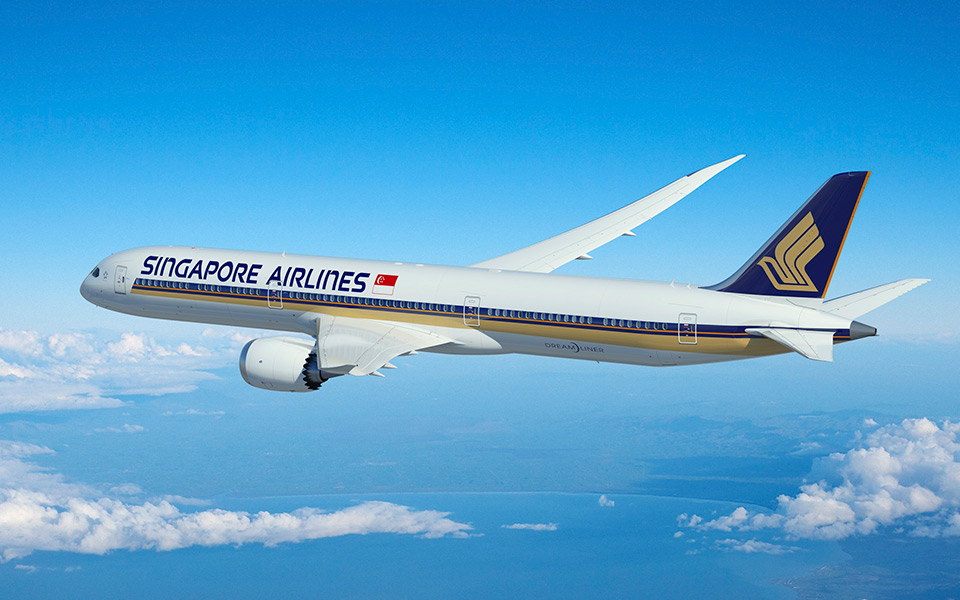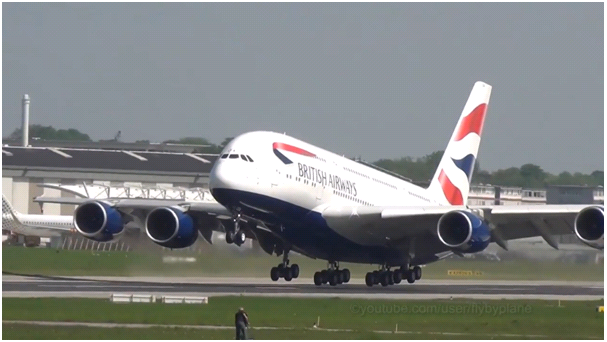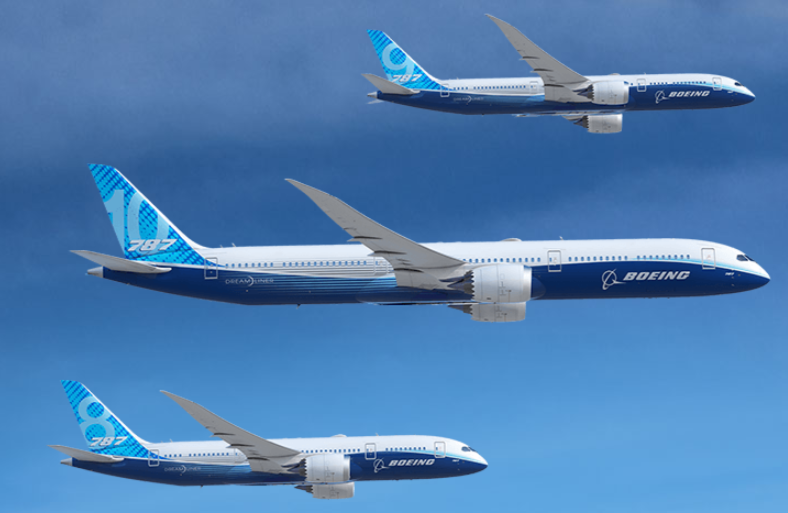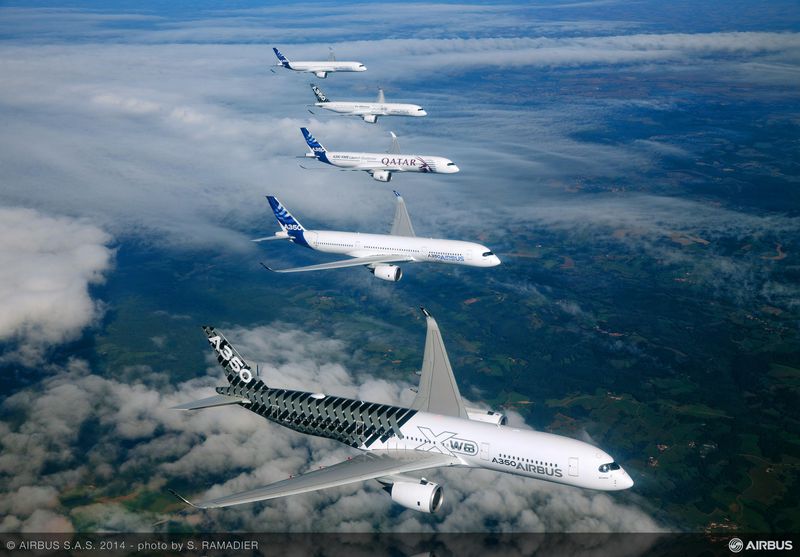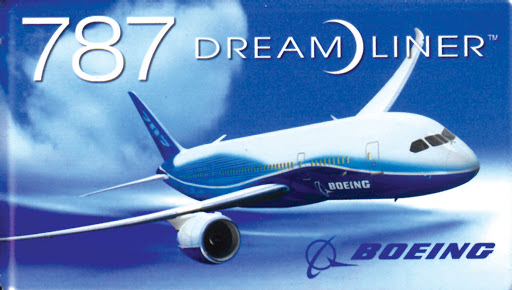Leeham News and Analysis
There's more to real news than a news release.
A Boeing 787-10 HGW, how good is it?
Subscription Required
By Bjorn Fehrm
Introduction
February 24, 2022, © Leeham News: The CEO of Boeing Commercial Aircraft (BCA), Stan Deal, said at the Singapore Air show the company worked on increased gross weight versions of both the 787-9 and -10.
Target is to get the 787-10 to the range of the aircraft it shall replace, the 777-200ER and -300ER. It means more than 7,000nm of range against the 6,400nm of today.
How many tonnes of increased Gross weight does this mean, and what would be the performance compared with the Airbus A350-900? We use our airliner performance model to find out.
Summary
- The 787-10 can grow to a range of over 7,000nm with a modest increase of its gross weight.
- It will be competitive with the A350-900 but for the longest routes in such a variant.
One A380 departure or two 777-200ER alternatively 787-9?
Subscription Required
By Bjorn Fehrm
Introduction
December 2, 2021, © Leeham News: With the last Airbus A380 rolling of the production line in days, we started looking at why the A380 didn’t sell last week. Now we check its economics for an airline that can fill it. We fly one A380 versus two departures of smaller aircraft on a typical trunk route.
Our analysis takes British Airways as an example and whether it shall use an A380 on Heathrow to LAX at peak traffic or rather two departures with its Boeing 777-200ER or 787-9.
Summary
- When you can fill the A380, it’s surprisingly competitive even against a more modern aircraft like the 787-9.
- This is when we focus on passengers and cost.
- We change the analysis angle next week when we add cargo and look at margins rather than cost.
Is cargo capacity deciding the airliner variant?
Subscription Required
By Bjorn Fehrm
Introduction
September 23, 2021, © Leeham News: In last week’s article, we put the question: Has the increased cargo pricing started to affect the choice of airliner variant?
We listed recent decisions between the Boeing 787-8 and -9 or Airbus A330-900 and A350-900 where the traffic levels post-pandemic would motivate the smaller variant, but the larger was retained or selected.
It makes you wonder whether the higher cargo capacity of the larger variant compensates for flying a larger cabin at a lower load factor? We make a cost and revenue analysis to find out.
Summary
- Cargo was an additional revenue stream on top of the main source, the passenger traffic.
- The lower traffic levels for international long-haul traffic and the increase in cargo pricing have changed this. Cargo is now as important in the decision of which aircraft to choose as the passenger capacity.
The A350, Part 3: The A350-800 versus A330-900
Subscription Required
By Bjorn Fehrm
Introduction
January 28, 2020, © Leeham News: Last week, we analyzed the smallest member of the Airbus A350 family, the A350-800. After Airbus changed the variant to a non-optimal “cut and shut” variant, it was no longer competitive.
Airbus froze the development of the A350-800 and then let it slip out of the program (it’s never officially canceled). The A330neo became the replacement for the A350-800. Was this the right decision? Is the A330neo the better airplane?
Summary
- We saw the A350-800 in its final form had a problem competing with Boeing’s 787. This created a problem for the Airbus widebody program below 300 seats.
- After a thorough investigation, Airbus found a way to update the A330 to take the place of the A350-800. We use our airliner performance model to find out how well the replacement performs.
The A350, Part 2: Analyzing the A350-800
Subscription Required
By Bjorn Fehrm
Introduction
January 21, 2020, © Leeham News: Before the holidays, we started a series to look into Airbus’ A350 family. We analyzed the development program and how the variants have sold.
Initially, the A350-800 won about 180 orders. But as the market received more information about the smaller variant, the more it realized it wasn’t an optimal airplane. It was never officially canceled. But orders was up-gauged to the A350-900. Airbus decided the variant wasn’t competitive and developed the A330neo instead. We now look into why.
Summary
- The A350-800 was positioned as Airbus’ main defense against Boeing’s new 787-9, the most efficient variant of the Dreamliner.
- As the A350 program was delayed, the A350-800 moved from an optimized variant to a “cut and shut” version. This compromised its efficiency.
- Gradually Airbus changed its strategy how to compete with the 787.
Enhancing the Dreamliner, Part 8: Wrap Up
Subscription Required
By Bjorn Ferhm and Vincent Valery
Introduction
Nov. 26, 2020, © Leeham News: After analyzing the three members of the Dreamliner family on several routes out of San Francisco to Asian destinations, we conclude the series with a wrap- up of what we learned.
Summary
- A guinea pig for new technologies and processes;
- After a long slough against problems, a resounding commercial success;
- Size-wise, ideally-positioned for the post-COVID world;
- Future enhancements.
Enhancing the Dreamliner, Part 7: The optimum range for the 787-10
Subscription Required
By Bjorn Fehrm
Introduction
November 19, 2020, © Leeham News: Last week, we compared the economics of the 787-10 to the 787-9 on the San Francisco to Sydney route.
We could see this 6,500nm route does not suit the 787-10, even though it’s within the aircraft’s range capability. The 787-9 is the better alternative.
We now compare the aircraft on the 4,500nmm San Francisco to Tokyo route, a distance that should suit the 787-10 better.
Summary
- The 787-10 can fly routes of up to 6,500nm, but its payload capability gets compromised.
- You can fill the cabin to a reasonable load factor but must leave all cargo behind. In a high yield cargo market, this is not a profitable proposition.
- When the routes are below 5,000nm, the 787-10 works better. Now the large capacity can be utilized both for passengers and cargo. If it can be filled it’s now the lowest cost Dreamliner.
Enhancing the Dreamliner, Part 6: The 787-10 analyzed
Subscription Required
By Bjorn Fehrm
Introduction
November 12, 2020, © Leeham News: We look deeper at the 787-10, the stretched Dreamliner. The 787-10 was conceived as a “cut and stretch” of the 787-9, leaving as many parts untouched as possible. It carries 40 more passengers, but over a shorter distance.
It’s a high capacity complement to the other Dreamliners for airlines that needed more seats and could sacrifice about 1,500nm in payload-range performance. To check how well this works, we run the 787-10 against 787-9 on the San Francisco to Sydney route from last week and look at the data.
Summary
- The 787-10, as a “cut and stretch” development from the 787-9 comes with compromises on long routes.
- Our San Francisco to Sydney example shows these limitations in practice, even with the rumored Gross Weight stretch of the latest sales to Air New Zealand.
- The 787-10 comes into its own on shorter routes. We look at this next week.
Enhancing the Dreamliner, Part 5: 787-10
Subscription Required
By Vincent Valery
Introduction
Nov. 5, 2020, © Leeham News: After analyzing the 787-9, we now turn our attention to the last Dreamliner variant that entered into service, the -10.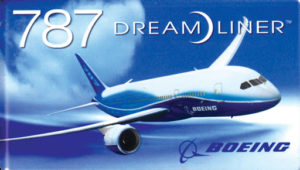
The 787-10 was developed as a minimum change stretch of the 787-9. Keeping it at the same gross weight as the 787-9 meant it could share the same wing and landing gear, yet offer a higher capacity. The longer fuselage meant higher empty weight and drag so the range of the -10 was cut compared with the other Dreamliners.
Summary
- Maximizing commonality by trading range for volume;
- Limited near-term replacement market;
- A case for further enhancements;
- Payload limitations on a long-haul route.
Enhancing the Dreamliner, Part 4: the 787-9 analyzed.
Subscription Required
By Bjorn Fehrm
Introduction
October 29, 2020, © Leeham News: We look deeper at the 787-9, the most successful member of the Dreamliner family. It’s 50 seats larger than the 787-8 but shares the same wing dimensions and engines.
The 787-9 quickly overtook the smaller 787-8 in sales and deliveries once its performance was clear to the airlines.
By following on the 787-8 it could benefit from many enhancements in design and production, becoming a very efficient aircraft in the process. To check its efficiency we run the 787-9 against its predecessor, the Boeing 777-200ER, on the San Francisco to Sydney route and look at the data.
Summary
- The 787-9 enjoyed all the improvements that came to light when developing the 787-8. The result is one of the most efficient twin-aisle aircraft on the market.
- Why it’s popular with the airlines becomes evident when we compare with the aircraft it replaces, the 777-200ER.


